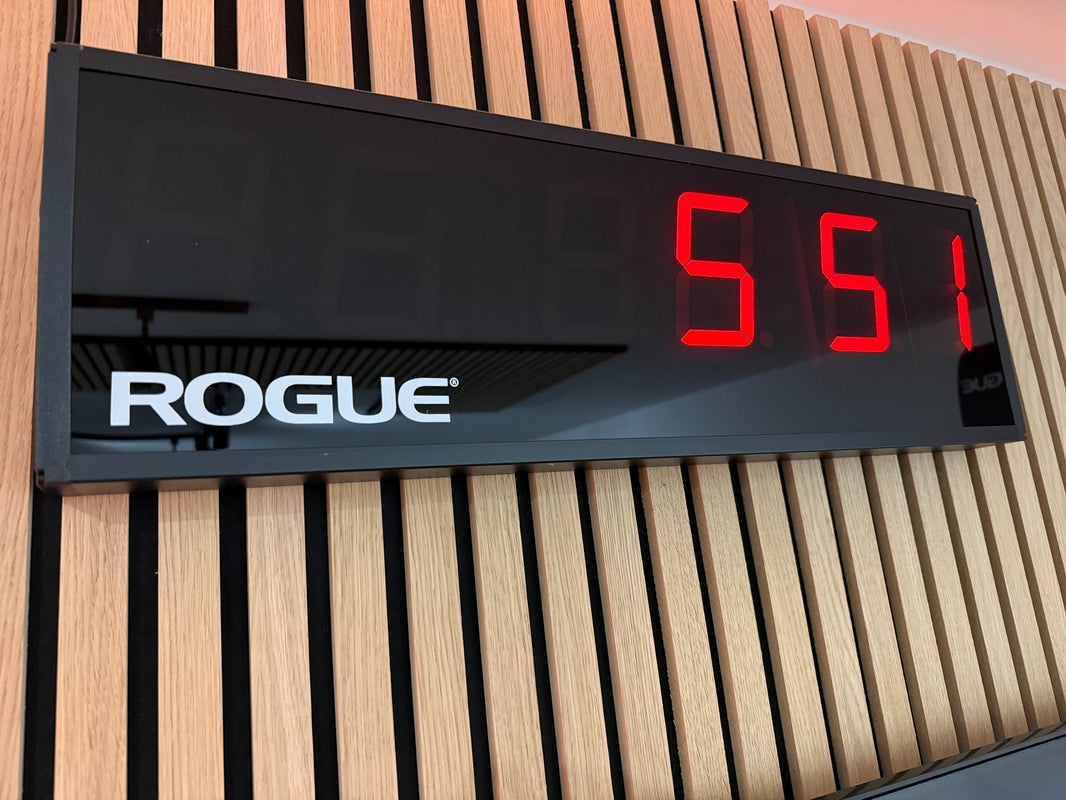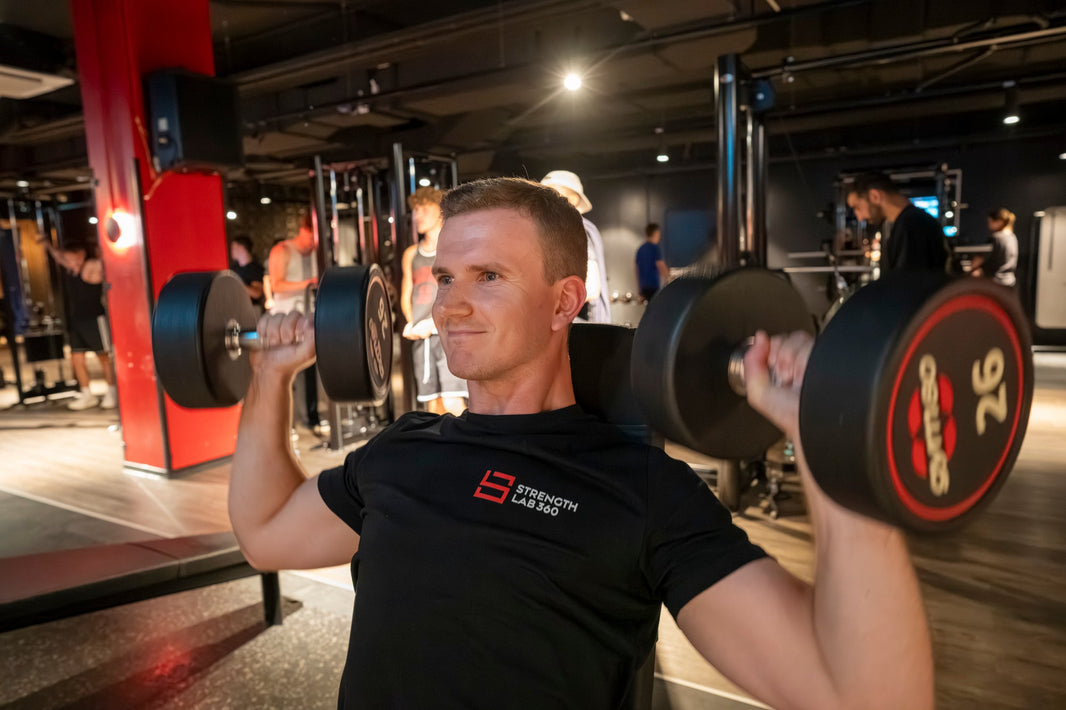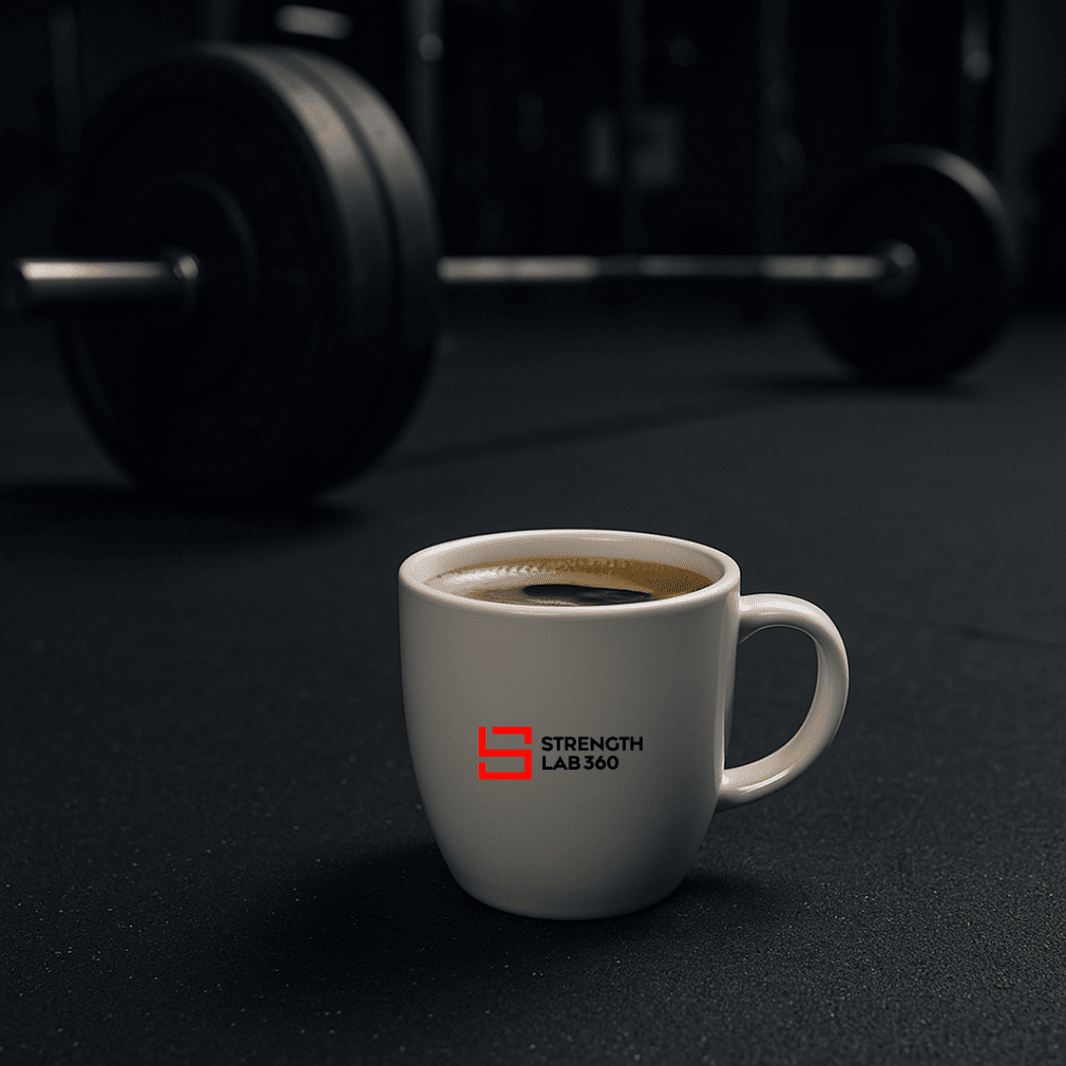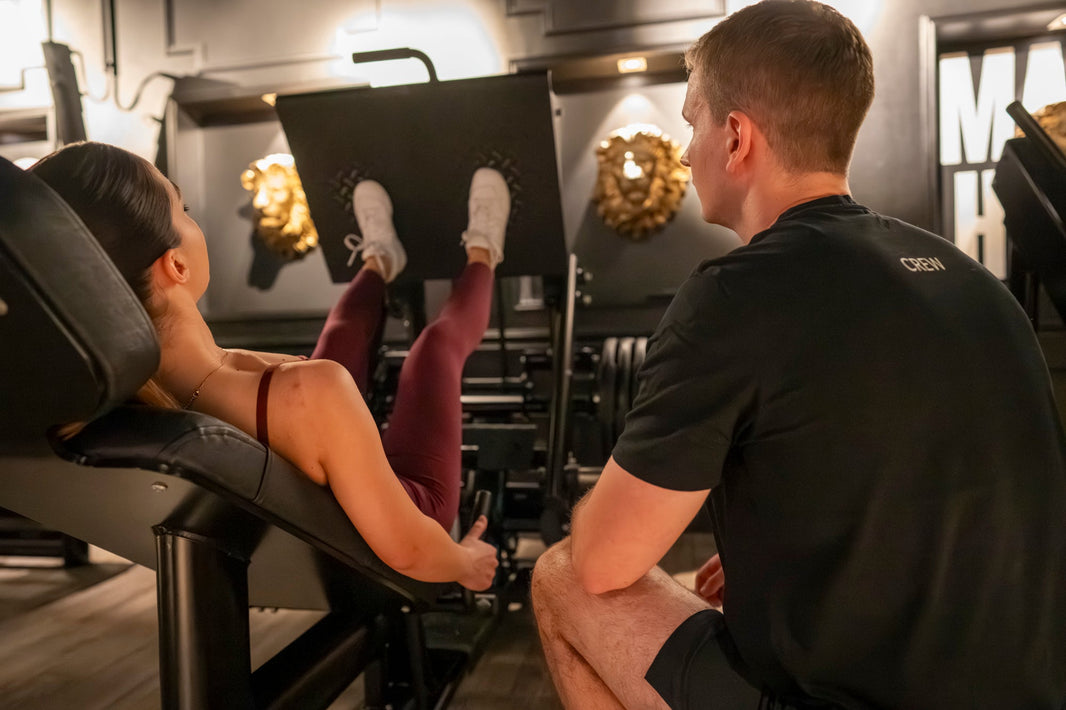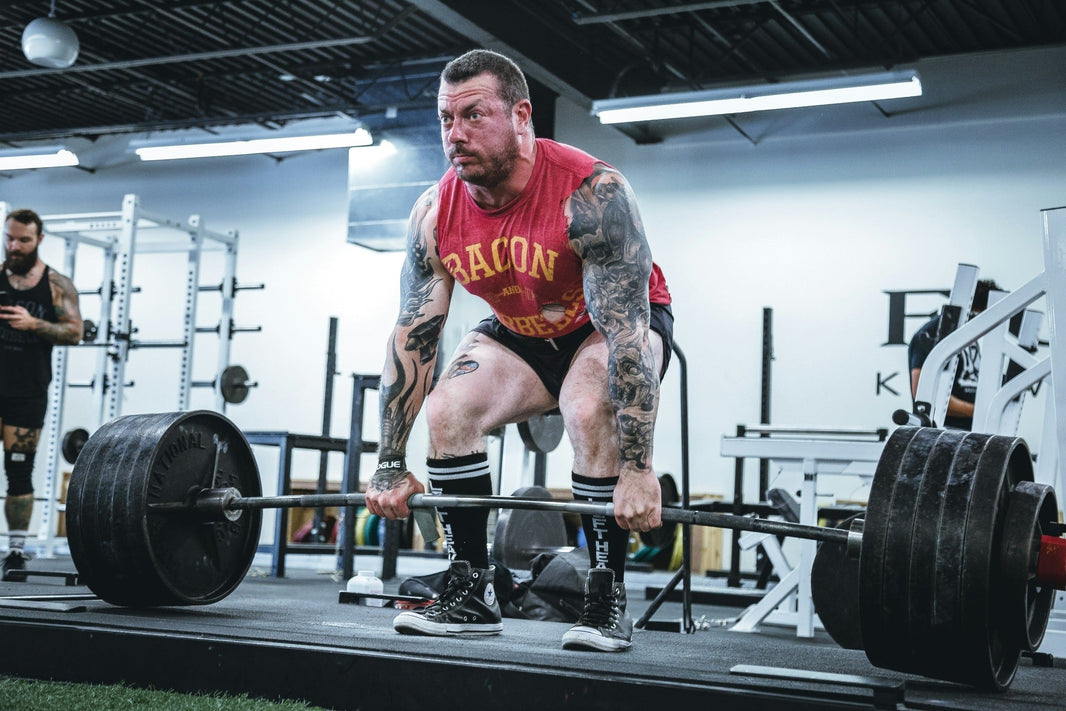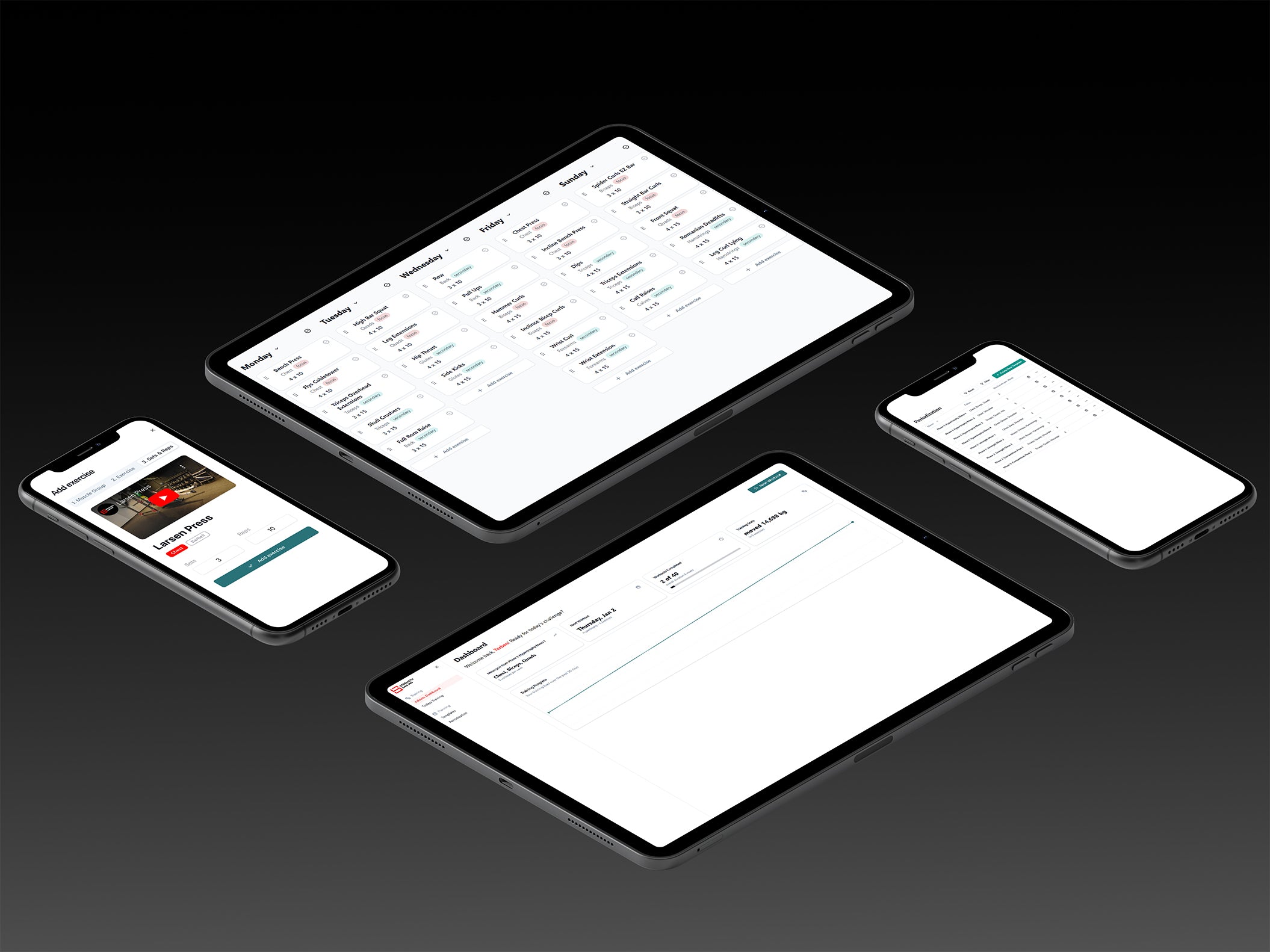Rest Periods and Hypertrophy: How Rest Between Sets Impacts Strength Training and Muscle Growth
If you're serious about strength training or hypertrophy, you've probably asked the classic question: How long should I rest between sets? Some coaches swear by short rest to "keep the pump," while others prioritize full recovery to push more weight.
But here’s the reality: your rest period—the time between sets—has a direct impact on your results. Whether your goal is muscle hypertrophy, muscle strength, or both, getting your rest interval right can make or break your progress. And despite what bro-science says, the research has shifted.
This article is worth your time because it cuts through conflicting advice and focuses on what both science and real-world results tell us: longer rest intervals can dramatically enhance your gains, especially if you're a trained lifter.
What Is Hypertrophy and Why Does Rest Time Matter?
Hypertrophy refers to an increase in muscle fiber size, usually as a result of structured resistance training. The primary drivers of hypertrophy are mechanical tension, metabolic stress, and muscle damage.
Your rest period plays a key role in manipulating these drivers. Shorter rests tend to emphasize metabolic stress and fatigue, while longer rests allow you to lift heavier and accumulate more mechanical tension across sets. The amount of rest between sets determines how well you can perform the next set and how much quality work you accumulate.
If hypertrophy is your goal, the way you rest is just as important as how you train.
What Happens During the Rest Period Between Sets?
During a rest interval, your body works to replenish phosphocreatine stores and clear metabolites like hydrogen ions and lactate that build up during hard sets. This matters because both muscle strength and hypertrophy depend on your ability to perform multiple high-quality sets.
If your rest time is too short, the next set suffers: fewer reps, less weight, and more technical breakdown. A longer rest period, on the other hand, gives your body time to recover, restoring your capacity to train hard again.
It’s not just about feeling ready—cellular energy systems and neural drive are directly influenced by how long you wait between sets.
How Does Rest between Sets Affect Muscle Growth, Strength and power?
Traditionally, lifters were told to rest 30–60 seconds to maximize hypertrophy. This was based on the idea that greater metabolic stress (i.e., the “burn”) leads to more muscle growth. While there’s some truth to this, newer research highlights the importance of training volume and mechanical tension as superior growth drivers.
With longer rest periods, you maintain higher output across sets. That means more weight lifted, more reps completed, and more total volume—all of which contribute directly to muscle hypertrophy.
A well-known study by Schoenfeld et al. (2016) compared 1-minute vs. 3-minute rest intervals in trained men over eight weeks. The group using 3-minute rest periods saw significantly greater gains in both muscle strength and size. Notably, muscle thickness in the quadriceps and triceps increased more in the longer rest group, despite both groups performing identical exercises and sets.
What About Strength Gains?
To build muscle strength, you need to lift heavy loads with high intent—and that demands full recovery between sets. A short rest interval may limit your ability to maintain high performance across multiple sets, ultimately reducing the training load you can use.
This is especially true for compound movements like squats, deadlifts, and presses that tax large muscle groups and the nervous system. A long rest period (2–5+ minutes) allows full neuromuscular recovery, supporting greater force output in each set.
In the same 2016 study, subjects who used 3-minute rest intervals significantly outperformed the 1-minute group in maximal strength tests. Their bench press and squat 1RMs increased more, showing that rest periods enhance muscle strength when properly programmed.
Is Short Rest Time Ever Useful for Strength and Hypertrophy Training?
There’s still a place for short rest periods in your training—especially for metabolic conditioning, time-efficient workouts, or accessory movements. If your goal is local muscular endurance or to accumulate metabolic fatigue, then a short rest interval (30–60 seconds) makes sense.
But for compound lifts or when your goal is maximal muscle growth, short rest can limit your ability to accumulate sufficient training volume. You may feel the burn, but the adaptive signal is weaker.
Even in studies where short rest improved local muscle endurance, it didn’t translate into better size or strength outcomes. In fact, muscle hypertrophy and strength gains were consistently significantly greater for long compared to short rest intervals.
What Does the Research Say?
Let’s break down the findings from the 2016 Schoenfeld study, published in Journal of Strength and Conditioning Research (j strength cond res):
-
Participants: Resistance-trained men
-
Protocol: 3 sets of 8–12 RM, same exercises and frequency
-
Groups: 1-minute rest vs. 3-minute rest
-
Duration: 8 weeks
Results:
-
Strength gains were significantly better in the 3-minute group
-
Hypertrophy (via ultrasound measures of muscle thickness) favored longer rest, especially in triceps and quadriceps
-
Muscle endurance improved similarly in both groups
Key takeaway: Longer rest intervals promote greater size and strength increases—even in trained individuals.
This study, alongside a meta-analysis by Grgic & Schoenfeld (2021), provides strong evidence that the effect of inter-set rest matters more than previously thought. The researchers concluded that rest periods promote greater increases in muscle when they allow adequate recovery and performance preservation.
How Long Should You Actually Rest?
Here’s a practical, goal-based breakdown:
-
Strength and power: 2–5 minutes between sets
-
Hypertrophy: 1–2 minutes, possibly up to 3 for compound lifts
-
Endurance: ≤1 minute
But remember, these are guidelines—not dogma. Your rest time should reflect how well you’re performing. If you can’t match your reps from set to set, your rest may be too short.
There’s no magic number, but as a rule: as little rest as needed, as much as necessary.
Do Some Exercises Require Longer Rest Than Others?
Absolutely. Not all lifts are created equal. Heavier, compound lifts like squats or rows engage more skeletal muscle and create greater systemic fatigue. These demand longer rest.
In contrast, isolation exercises like lateral raises or tricep pushdowns can be effectively performed with shorter rest because they target smaller muscle groups and are less fatiguing.
Program your rest interval based on the movement’s complexity, loading, and systemic impact.
What About Training Volume?
Training volume/Workload—sets × reps × load—is one of the strongest predictors of muscle growth. Longer rest periods help you maintain volume by allowing you to lift heavier or perform more reps with good form.
Cutting your rest between sets too short might increase fatigue but decrease total workload. The Schoenfeld study showed that the group with 3-minute rest periods completed more total reps and maintained heavier weights—translating to a more effective training program overall.
If your training to failure on every set with short rests, you're probably sacrificing quality. Longer rest helps you preserve performance and accumulate more productive work.
How Should You Program Rest Periods?
Use a flexible but purposeful approach:
-
Start with 2–3 minutes for compound movements and track how well you recover.
-
Use 60–90 seconds for accessory lifts or isolation work.
-
Pay attention to rep quality and form. If it drops significantly, increase rest.
-
Don’t rely on how “tired” you feel—track performance set to set.
-
Consider your training goal. For strength and hypertrophy, longer rests tend to yield better long-term results.
-
Use multiple sets to monitor performance trends. If set 3 is always far below set 1, your rest interval might be too short.
Remember that hypertrophy may occur with both short and long rest—but longer rest intervals traditionally used in strength-type training tend to produce more consistent outcomes.
Final Thoughts: What Actually Works?
Despite the myth that shorter rest = more gains, the evidence is clear: longer rest is more effective for both muscle hypertrophy and strength.
Short rests can be useful in some contexts, like time-limited workouts or endurance-focused training. But if you’re after increased strength, muscle thickness, or improved hypertrophy in resistance-trained men, prioritize rest interval length that allows you to train hard across multiple sets.
What matters most is your ability to lift with effort, consistency, and progression over time. And that means managing fatigue—not chasing it.
Key Points to Remember
-
Longer rest intervals (2–3 minutes) lead to better hypertrophy and strength outcomes than shorter rest.
-
Short rest may increase fatigue and pump but often reduces training volume and load.
-
Strength and hypertrophy in resistance-trained lifters benefit from more recovery.
-
Adjust your rest time based on exercise type, training goal, and performance.
-
Use rest as a tool to maintain effort and progression—not just a timer.

